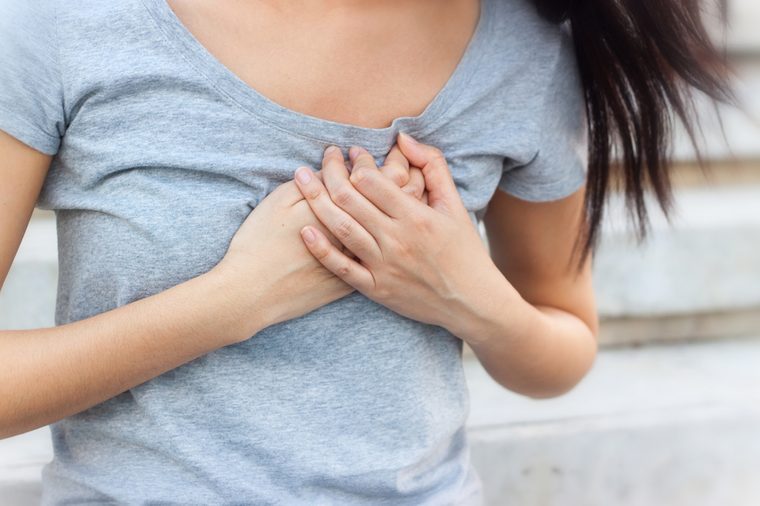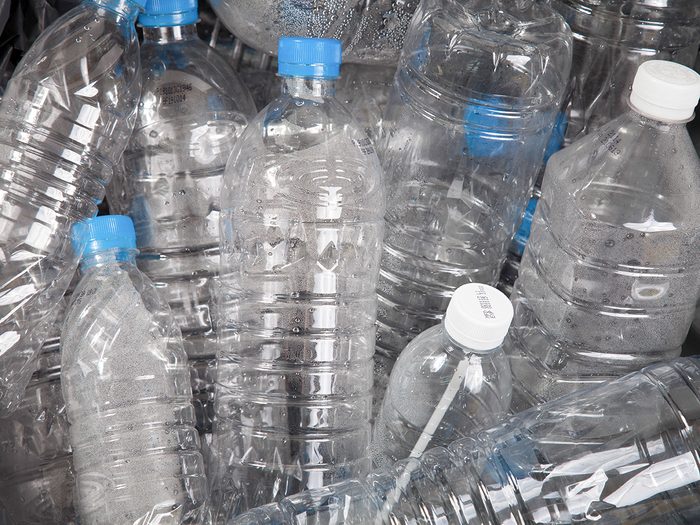
Plastic water bottles
Back in the 2000s, you might have read that plastic contains diethylhexyl adipate (DEHA), a supposed carcinogen. According to the American Cancer Society, DEHA is not always in the plastic used to make water bottles — and even if it was, the U.S. Environmental Protection Agency (EPA) says DEHA “cannot reasonably be anticipated to cause cancer.” Likewise, the International Agency for Research on Cancer (IARC) doesn’t list DEHA as a carcinogen.
What a Canadian Oncologist Wants You to Understand About Lung Cancer
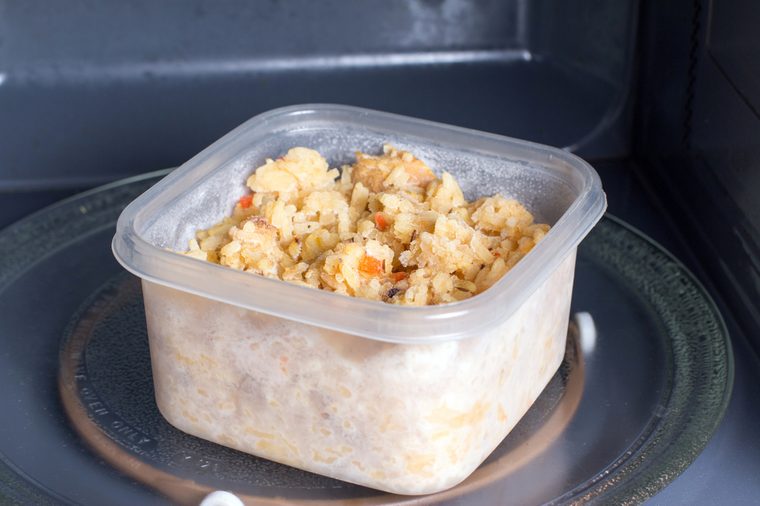
Microwaving plastics
Since at least 2002, people have been afraid to microwave foods in plastic containers and plastic wrap under the mistaken impression that it will release cancerous chemicals into their food. The U.S. Food and Drug Administration (FDA) strictly regulates plastic food containers and approves the ones marked “microwave safe.” This means the plastic is free of DEHA and dioxins, according to the ACS.

Microwaving anything
Some people are still suspicious of microwaves, believing the cooking method makes food radioactive. Not so, according to the ACS. The group explains, “Microwave ovens can cook food, but they do not otherwise change the chemical or molecular structure of it.”
Not so fast, say the suspicious-minded person: Doesn’t a microwave emit radiation? It does not: “Microwave ovens are designed so that the microwaves are contained within the oven itself,” the ACS states. When used according to instructions, there is no evidence they pose a health risk to people.

Dryer sheets
Dryer sheets soften your clothes and eliminate static cling — while they silently give you cancer… Wait, what? Not so fast: The unscented sheets appear to be safe. However, the scented versions may contain a toxic chemical. The problem is that the Federal Trade Commission doesn’t require identification of individual fragrance components. If you’re concerned, consider using unscented sheets or switch to a brand that discloses fragrance components; Seventh Generation, for example, uses only essential oils.
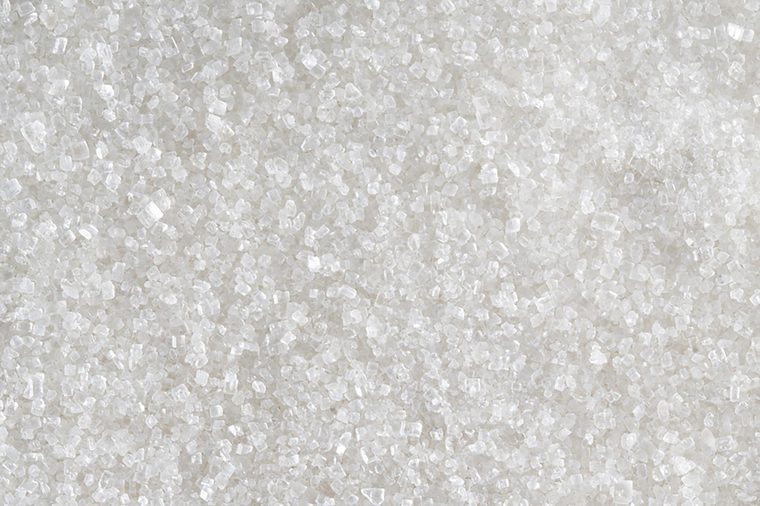
Sugar
Sugar does a lot of bad things to your body, but sugar doesn’t cause cancer. This is true despite research suggesting that cancer cells consume more glucose (blood sugar) than normal cells. You actually need some sugar in your diet — it’s necessary for your immune system, according to Anton Bilchik, MD, chief of medicine and gastrointestinal research at John Wayne Cancer Institute at Providence Saint John’s Health Center.
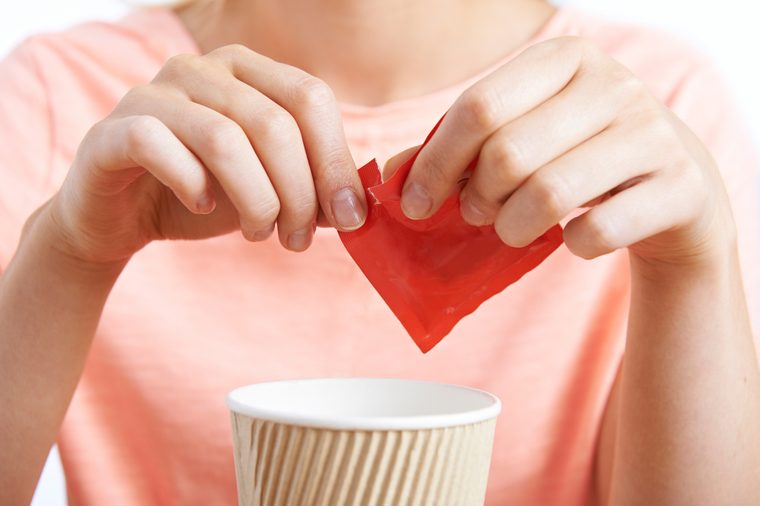
Artificial sweeteners
While some early research found a link between artificial sweeteners and bladder cancer in laboratory animals, the National Cancer Institute reports that further research failed to confirm the findings. However, everyone could benefit from cutting back on the sweet stuff: Artificial sweeteners can be harmful to your health by messing with your metabolism and raising your risk of type 2 diabetes, high blood pressure, and heart disease.

Lucky Charms
Lucky Charms has an interesting list of ingredients, including trisodium phosphate (aka tribasic sodium phosphate; TSP). It’s found in many food items and it’s also in cleaning products and paint thinners — yikes, right? Not so fast: TSP is a leavening agent similar to baking soda (also in foods and cleaning products). The amounts in Lucky Charms (and other foods) are so tiny that there is no disease threat.

Candy canes
You may have heard that candy canes contain the scary-sounding titanium dioxide — but that’s just a pigment that turns candy canes (as well as sunblock and toothpaste) brilliant white. Titanium dioxide is not a known carcinogen.
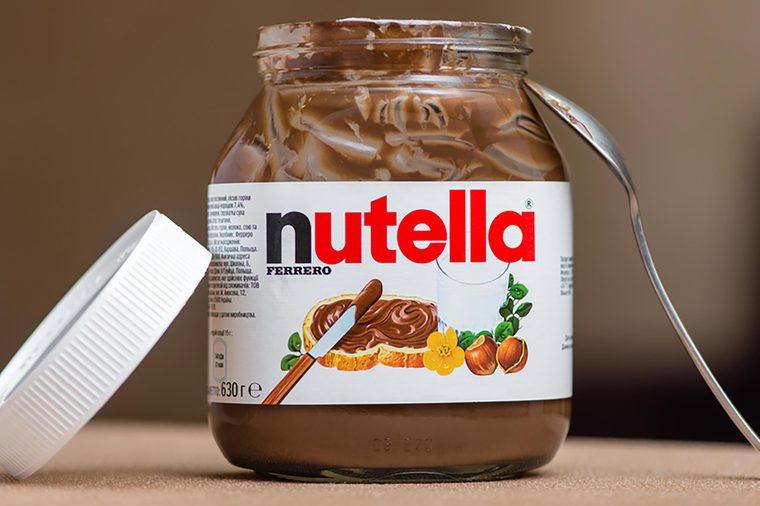
Nutella
Parents everywhere panicked when the news that Nutella could cause cancer hit (both for their kids and themselves, no doubt). Everyone take a deep breath: Nutella does contain palm oil which, when heated above around 400 degrees F, can be cancerous. As the makers of Nutella are quick to point out, they never get their product that hot.
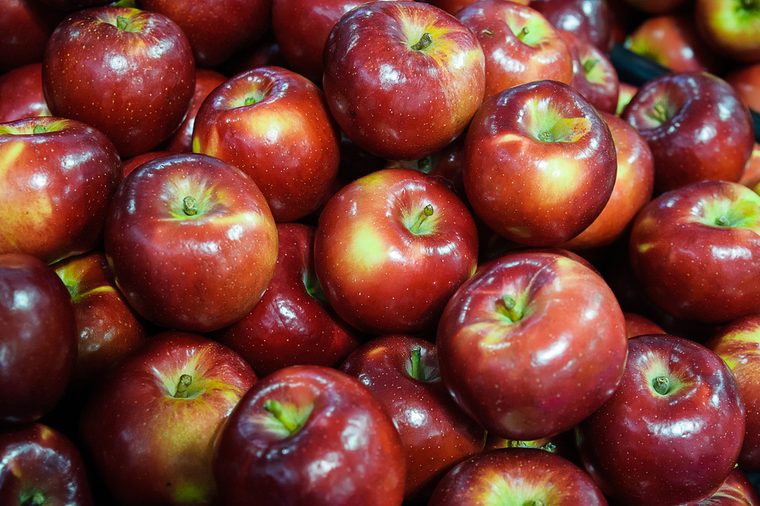
The wax on apples
You’ll often find that apples are coated with wax — it’s to extend shelf life and to make the fruit look enticing. Although some will claim the wax is carcinogenic, it most certainly is not. While there are some credible concerns about carcinogenic pesticides that might be trapped under the wax, you can take care of that problem by rinsing fruits with water and scrubbing them with a soft brush. Or opt for organic apples, which are less likely to have been treated with toxic chemical pesticides.
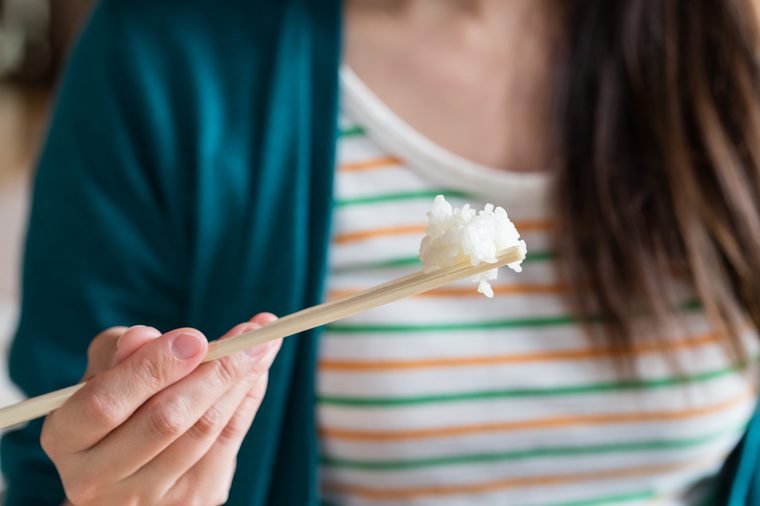
Disposable chopsticks
Around 2005, an Internet rumour began circulating that disposable wooden chopsticks contain carcinogens, including sulfur dioxide. One catch: Sulfur dioxide is not a carcinogen. If you don’t want to ingest sulfur dioxide (as some people are sensitive to it), you might consider using reusable chopsticks or a fork.
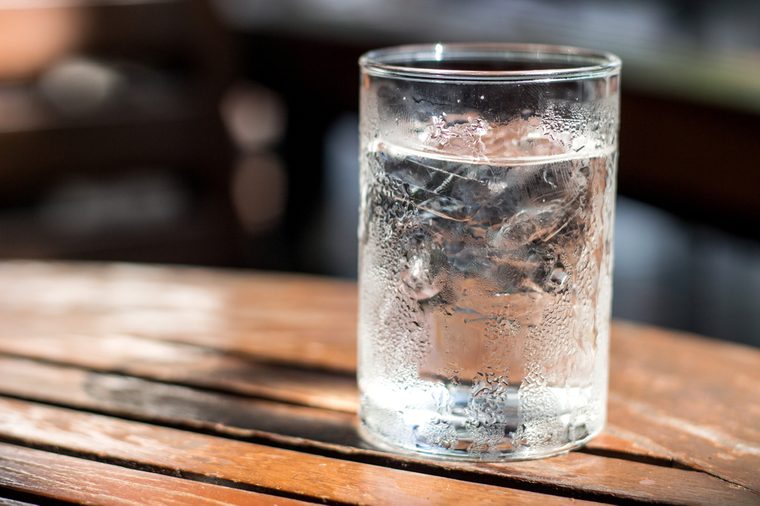
Cold water
This is a bizarre one: A viral rumour has been going around that drinking cold water after meals can cause the disease — it doesn’t. The email claims that cold water interferes with digestion, and… somehow that causes cancer? Sometimes you’re better off hitting the delete key: No research anywhere backs up this silly claim. The bigger issue tends to be that people don’t drink enough water. Drinking water can also have weight-loss benefits.
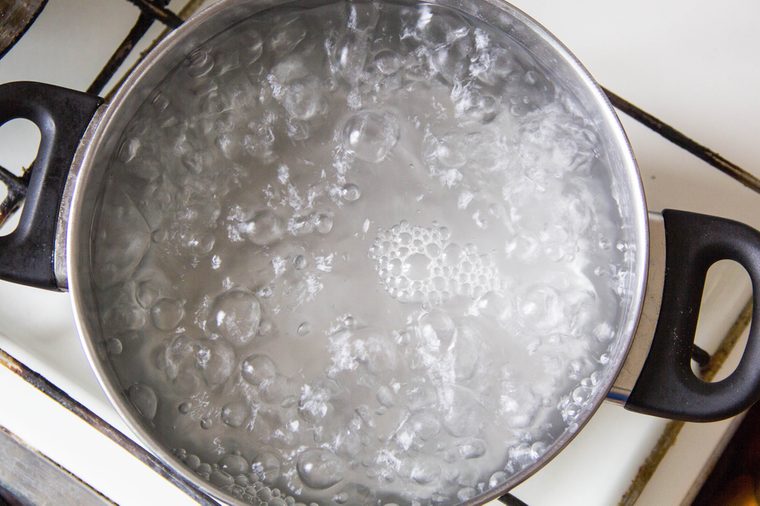
Over-boiling your water
Supposedly if water is boiled for too long or reboiled, chemical compounds form, including carcinogens like arsenic. The reality is that the risks posed by reboiling water are minimal.
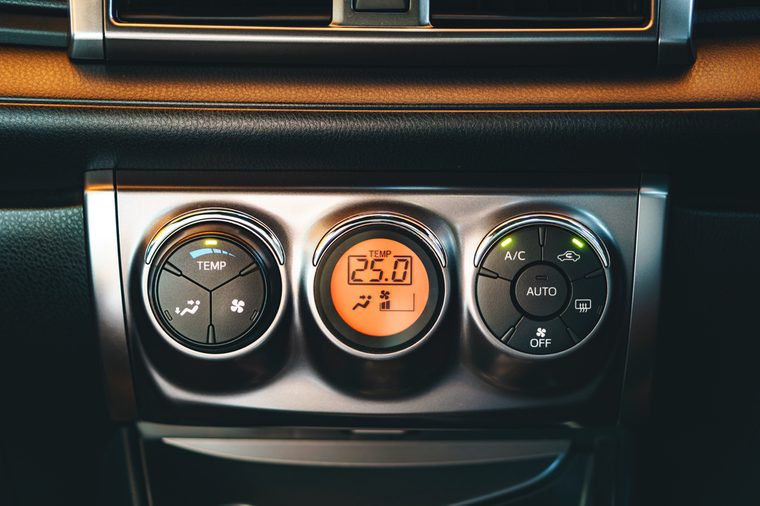
Turning on the AC in your car
The claim is that turning on your AC after your car has been running will spew benzene — a carcinogen —into the cabin. Nope. There are exactly zero studies demonstrating that well-maintained cars contain or produce benzene through their air conditioning system in sufficient quantities to have any carcinogenic impact.
5 Simple Lifestyle Changes that Can Help Reduce Your Risk of Disease
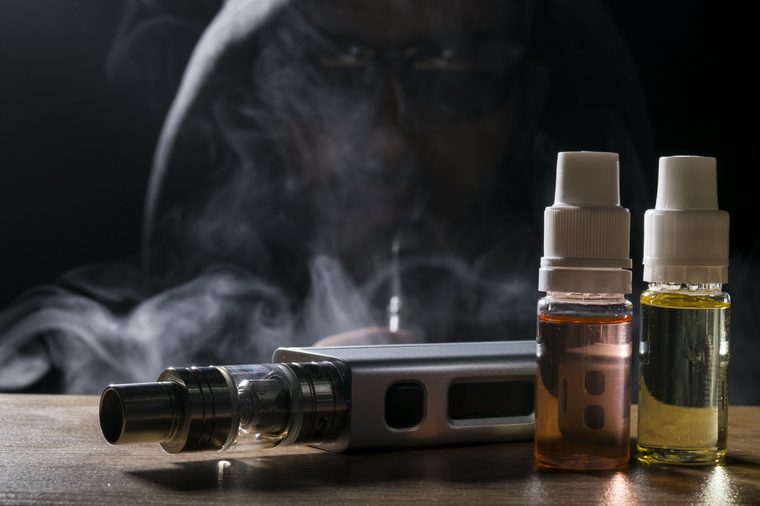
E-cigarettes
Even though a few years back a Japanese study found electronic cigarettes contain more carcinogens as tobacco cigarettes, don’t panic: It turns out the study was seriously flawed. In February 2017, the U.K.’s National Health Service cited a study suggesting the use of electronic cigarettes is far safer than smoking.
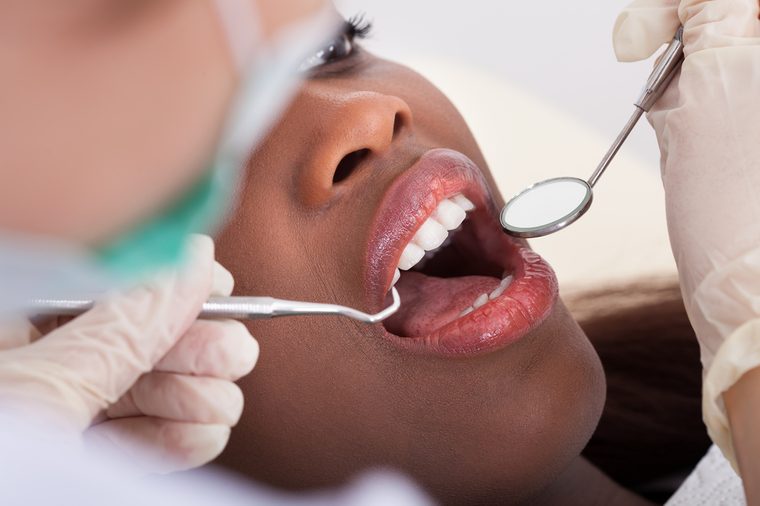
Dental fillings
Any cavities you had filled a while back are likely to have mercury in them. Too much mercury can be bad for your brain, but it isn’t a carcinogen; what’s more, those mercury fillings also included silver, tin and copper. According to the American Dental Association, the combination of these metals makes the fillings, known as dental amalgams, completely safe.
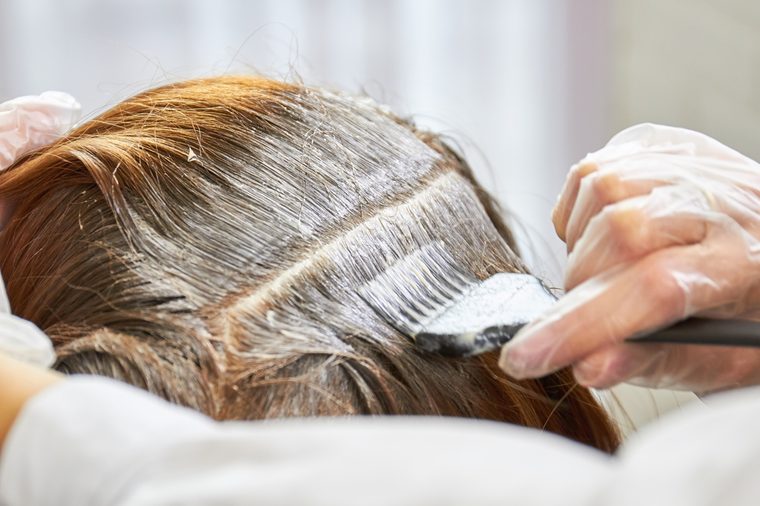
Hair dye
Some studies indicate that constant exposure to dyes can put hairdressers and barbers at a higher risk of bladder cancer. Not true — there’s no scientific evidence that colouring your hair — even regularly — increases your risk. The only reason to extend the time between hair colouring appointments is to save time and expense.
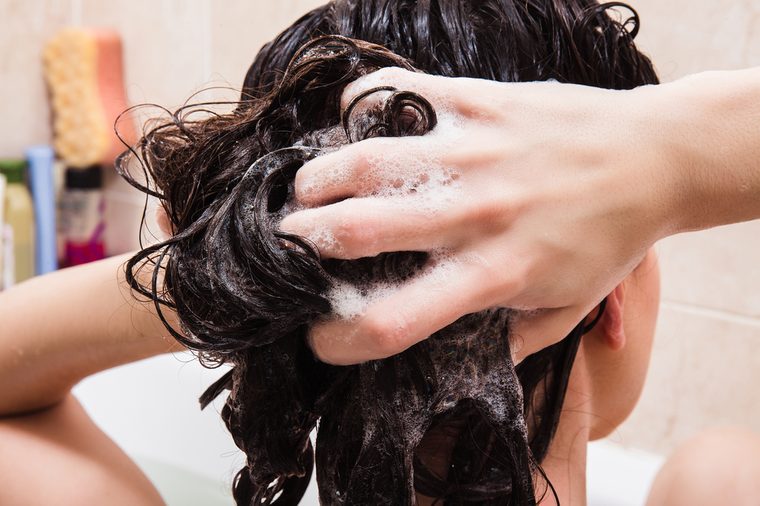
Shampoo
Occasionally the idea crops up that shampoo causes cancer because it contains the foaming agent sodium laureth sulfate or sodium lauryl sulfate (SLS). Also found in hair conditioner, soap, and various cleaning products, SLS may damage your hair but not your genes; it’s definitely not a carcinogen, reports the American Cancer Society.
It may not cause disease, but here’s what the wrong shampoo could be doing to your scalp.
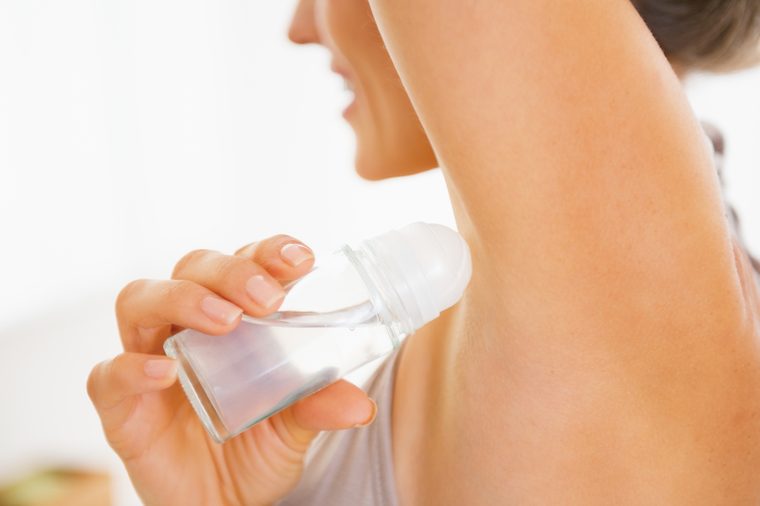
Antiperspirant
The National Cancer Institute is clear about this one: There is no truth to the rumour that antiperspirant causes cancer. “The best studies so far have found no evidence linking the chemicals typically found in antiperspirants and deodorants with changes in breast tissue,” the institute reports in a fact sheet titled Antiperspirants/Deodorants and Breast Cancer.

Your cell phone
People have long been suspicious of those handy devices, but there’s no need to be. As the American Cancer Society explains, cancer grows through genetic mutations, and cell phones emit a type of low-frequency energy that isn’t capable of damaging the DNA inside cells. And although researchers continue to study this potential link, there are no reputable findings linking cell phones and cancer risk.
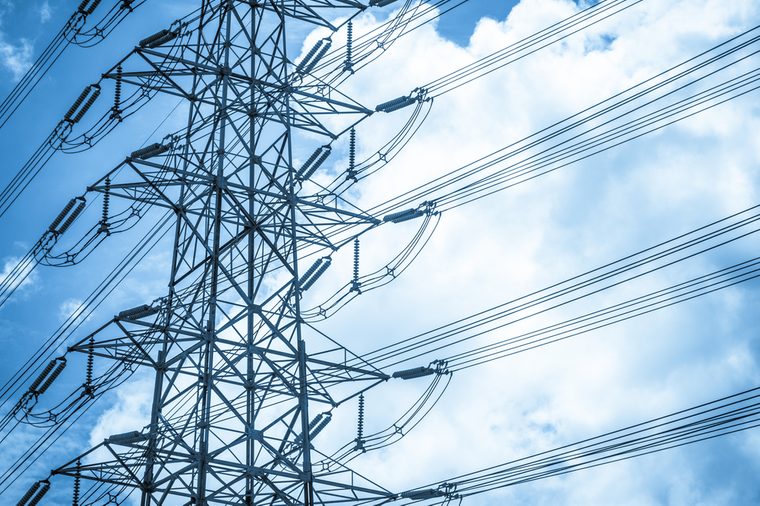
Power lines
Power lines emit both electric and magnetic energy — so do they cause cancer? No, according to the National Cancer Institute’s fact sheet on Electromagnetic Fields and Cancer. “The electric energy emitted by power lines is easily shielded or weakened by walls and other objects. The magnetic energy emitted by power lines is a low-frequency form of radiation that does not damage genes.
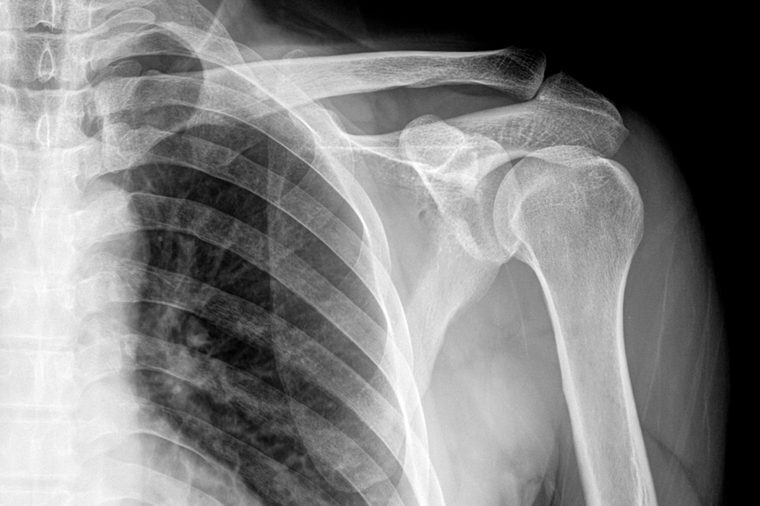
X-rays
Yes, radiation is part of the procedure. But the amount of radiation from a single X-ray is relatively small, says Sailaja Kamaraju, MD, MS, assistant professor of medicine at the Medical College of Wisconsin. In fact, the radiation dose from a single X-ray is less than the average dose of background radiation you’ll get at your office over a year’s time. In other words, X-rays do not cause cancer. Turning down an X-ray could put you at risk, though: A missed tumour can spread and become deadly, for example.
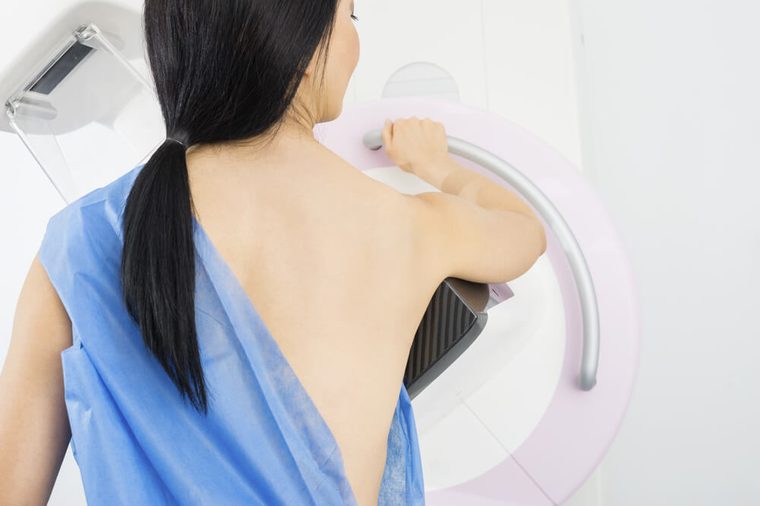
Mammograms
A mammogram is an X-ray of the breast that can help detect breast cancer early. The procedure involves compressing the breast (often uncomfortably), and there are women who fear that that breast compression may cause breast cancer to spread. Others believe that the radiation emitted by mammography can cause breast cancer. Neither is true, according to the National Cancer Institute. Their experts point out: “The benefits of mammography… nearly always outweigh the potential harm from the radiation exposure. Mammograms require very small doses of radiation. The risk of harm from this radiation exposure is extremely low.”
Your Breast Cancer Diet: What to Eat When You’re Getting Treatment
Injury to the breast
This supposed wisdom has been around for years: An injury to the breast, such as falling or being hit in the chest, can cause breast cancer. While an injury to the breast may cause bruising and swelling — or even a benign lump known as fat necrosis — it won’t cause breast cancer.
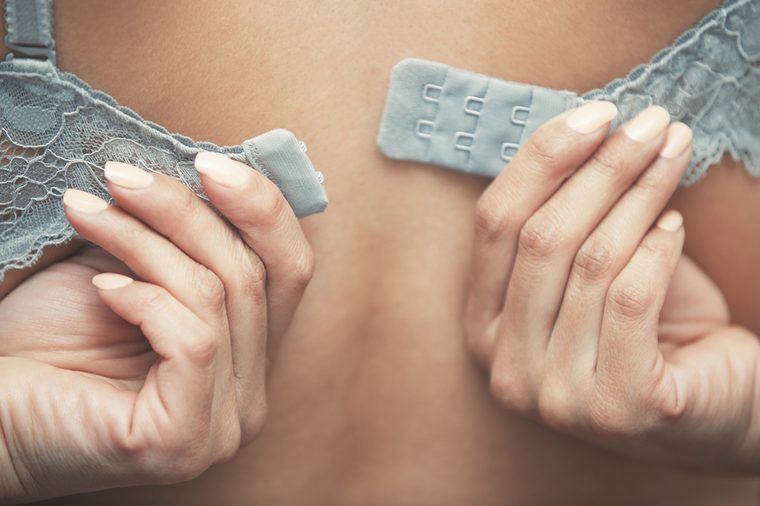
Your bra
Injury to the breast
“The fact is that underwire bras do not cause breast cancer,” says Marisa Weiss, MD. She should know: Dr. Weiss is chief medical officer and president and founder of breastcancer.org. A 2014 scientific study looked into the supposed link between underwire bras and breast cancer, and it could detect no difference in breast cancer rates among women who wore a bar versus women who didn’t.

Abortion
The claim that undergoing an abortion increases a woman’s chances of developing breast cancer may have its roots in the notion that women who give birth for the first time after the age of 30 are at an increased risk of breast cancer. But the scientific reality is that women who’ve had an abortion are no more likely to get breast cancer than women who have not.
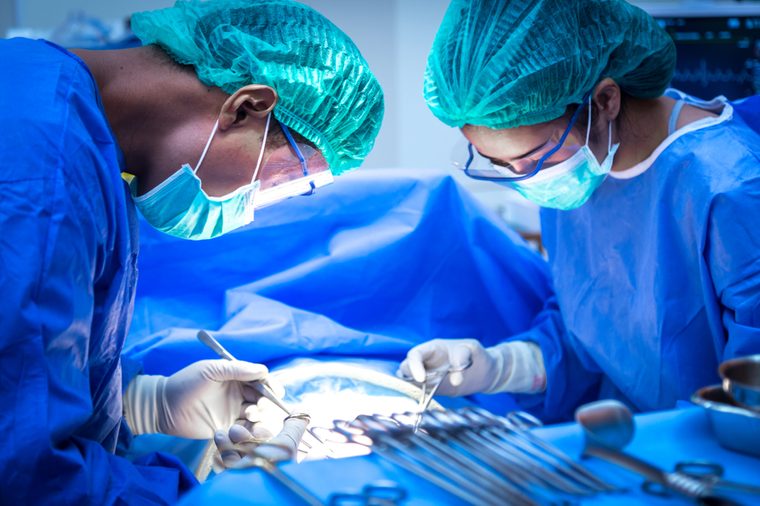
Slicing a tumour causes it to spread
In 2005, nearly 41 percent of people surveyed by the American Cancer Society said they believed that surgery to remove cancer actually caused cancer to spread, and an additional 13 percent weren’t sure. Guess what? Cutting into cancer does not cause it to spread. First, surgeons use special protocols to prevent cancer cells from migrating during surgical procedures. Second, cancer replicates and metastasizes on its own, not with the help of a scalpel.
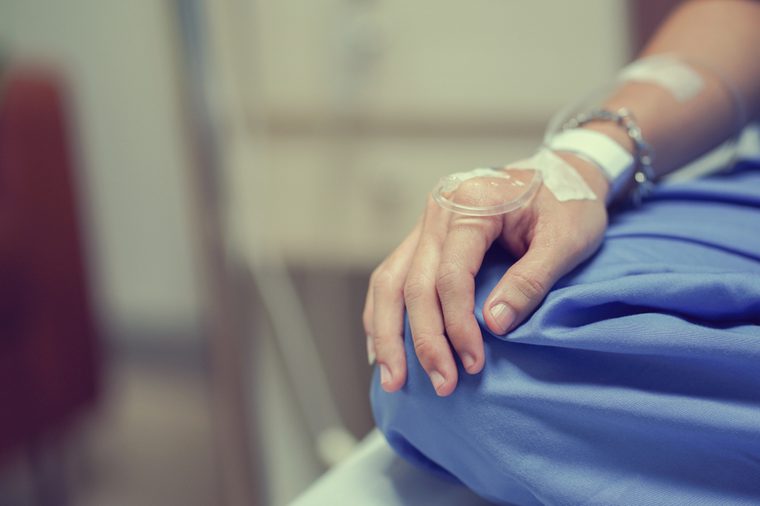
Exposure to air causes cancer to spread
Here’s another incorrect and potentially dangerous belief about cancer: that exposing it to air (via surgery or otherwise) makes it grow and spread. “There’s no scientific data supporting that theory,” says Blair Marshall, MD, thoracic surgeon, on oncolink.com. Dr. Marshall writes that the theory stems from situations where cancer patients have surgery and then later die of metastatic cancer. “In actuality,” Dr. Marshall reports, “if the patient had not undergone any surgery at all, they still would have developed widespread disease.” This belief is more prevalent and difficult to “disentangle” in “underserved groups,” according to this study, and may contribute to disparities in cancer outcomes.
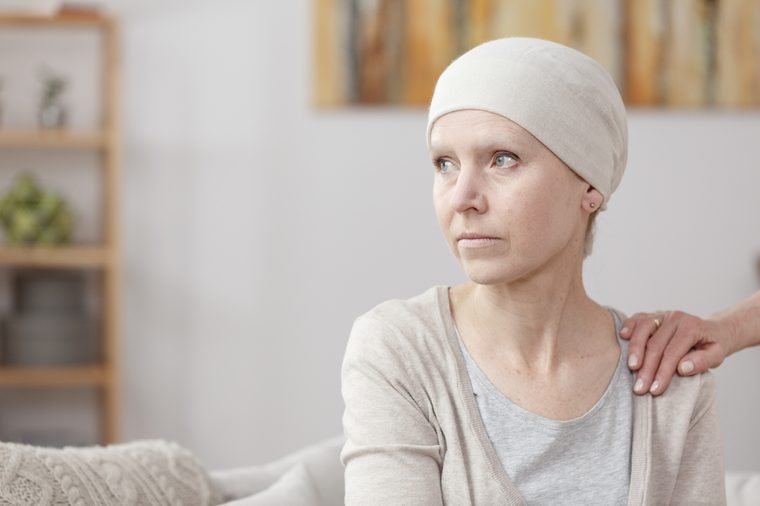
Your bad attitude
“To date, there is no convincing scientific evidence that links a person’s ‘attitude’ to his or her risk of developing or dying from cancer,” according to the National Cancer Institute. “If you have cancer, it’s normal to feel sad, angry, or discouraged sometimes, and positive or upbeat at other times.” And none of it is the cause of the cancer, and none of it will directly impact the disease progression.
Still, positive thinking can have a huge impact on your life.
